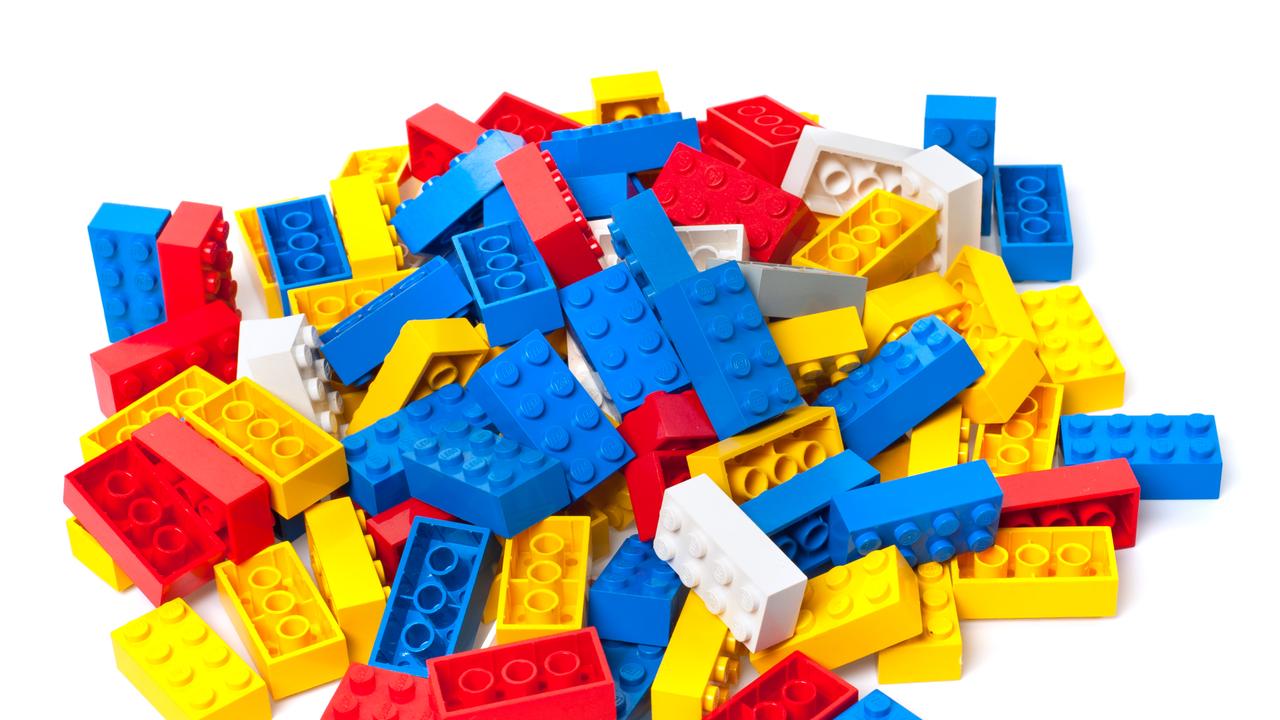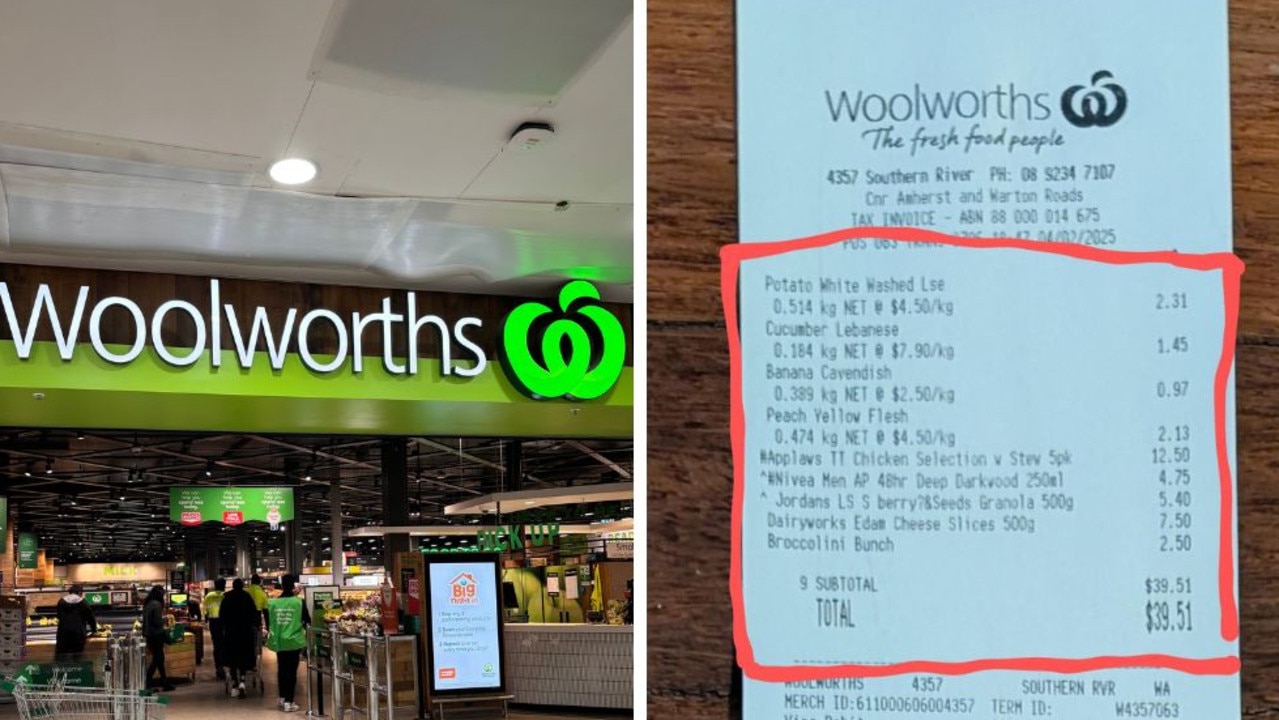Absurd things taxpayers’ money has been spent on
A $11.3M sculpture for Sydney has caused controversy among taxpayers. But it’s not the first art installation funded by the public.
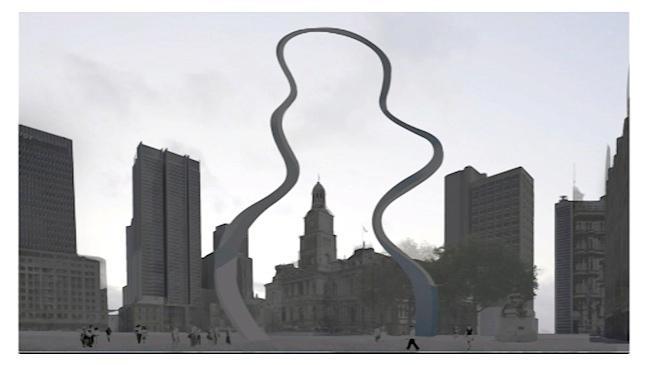
AN $11.3-MILLION sculpture planned for Sydney has caused controversy among taxpayers but it’s not the first pricey art installation to come out of the public purse.
State and territory governments have long used taxpayer money to fund public artworks nationwide, including a $150,000 jellyfish, $300,000 “skywhale” and a $175,000 “pile of rocks”.
The updated design for Cloud Arch, a massive steel sculpture that will soar over Sydney’s George St, was unveiled on Friday accompanied by a revised cost of $11.3 million up from the original price tag of $3.5 million.

Critics, including Labor councillor Linda Scott, have slammed the artwork. “This is a project that is now significantly delayed and nearly triple the budget that was originally given to council and that will necessarily mean cuts for residents and business in services and important key infrastructure,” Ms Scott told ABC Radio.
“It’s just not right.”
It’s a sentiment that has been echoed many times before in relation to public artworks in many other Australian cities and towns.
EMBRACE, $165,000
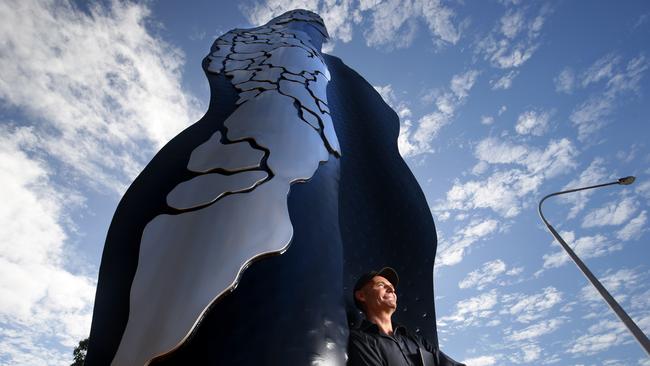
Many Cairns residents were left scratching their heads when a $165,000 public art sculpture was unveiled at the busy intersection of Sheridan and Florence streets in August last year.
The nine-metre tall sculpture, entitled Embrace, was the first of a two-piece project designed to celebrate the connection between James Cook University and the city of Cairns.
Created by Woopen Creek-based artist Braham Stevens, whose works have been installed at Innisfail, Mission Beach, Melbourne and Japan, the sculpture represents “the intricate relationships, cycles and connections between geology, ecology, man, time and place”.
SKYWHALE, $300,000
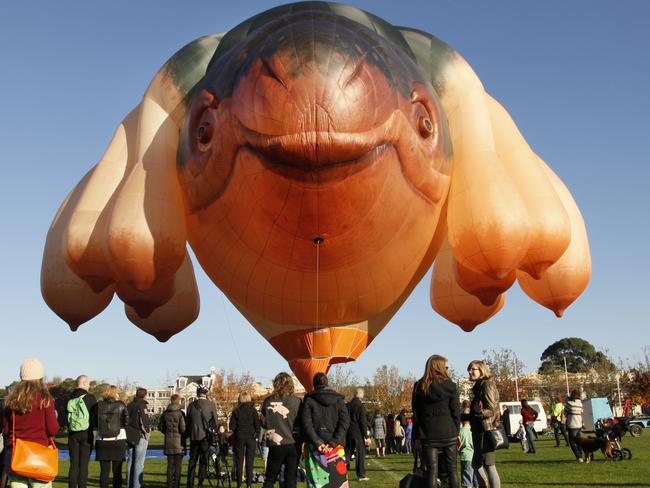
A giant, fantastical whale-like creature has floated through Canberra skies on several occasions since it was commissioned for the centenary of the nation’s capital in 2013.
The balloon was commissioned by the ACT Government — but not actually owned by the territory — yet only had a lifespan of 100 flights.
The artwork was a 34m long, 23m high hot air balloon that took 16 people seven months to create. In a public accounts committee hearing, it was revealed the operating costs for the balloon, in addition to the artwork’s $172,000 construction cost, were about $300,000.
At the time, artist Patricia Piccinini said the work was one of her most ambitious.
During its flying career the Skywhale travelled to Tasmania for the Dark Mofo winter festival and to Australian Centre for Contemporary Art in Melbourne, among other destinations.
JELLYFISH SCULPTURE, $150,000
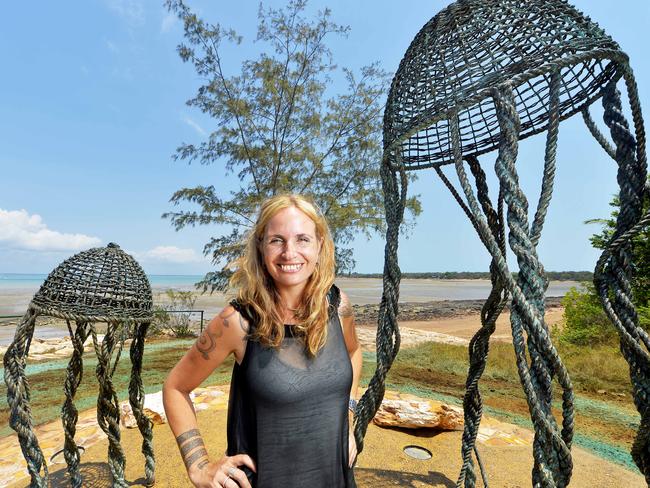
A public jellyfish sculpture with a $150,000 price tag divided public opinion when it was unveiled in Darwin’s East Point Reserve in 2014.
Local artist Aly de Groot designed the two, giant, bronze jellyfish and said it “felt like Christmas” watching it being installed, the NT News reported.
De Groot designed the piece, entitled Intertwined, allowing her signature ethereal woven forms to become permanently embodied in bronze.
She worked with fabricator and internationally acclaimed sculptor Phillip Piperides of Brisbane and Larrakeyah elder Bilawarra Lee.
“It’s my gift to Darwin,” she said. “I’ve been in Darwin for 20 years … [it’s] only recently that I first saw jellyfish. I consider them as an icon for the Northern Territory but they’re more hidden than the dragonfly or the crocodile and I think they symbolise a hidden beauty and, yes, they’re dangerous and cause a lot of pain but life can be like that.”
Lord Mayor Katrina Fong Lim said Darwin City Council aimed to “enhance Darwin as a cultural centre”.
‘A PILE OF ROCKS’, $170,000
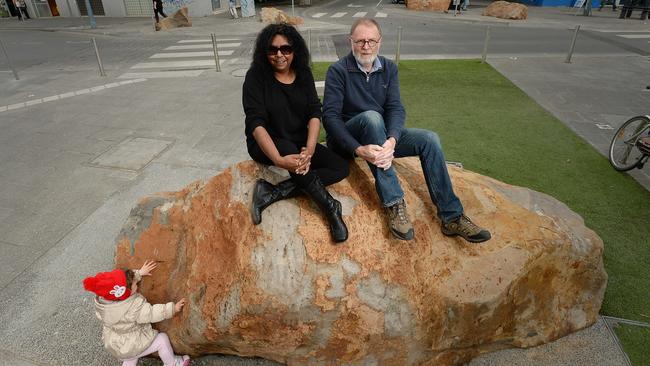
The $170,000 Wominjeka tarnuk yooroom, unveiled on the corner of Footscray’s Paisley and Nicholson streets in 2014, received a mixed response. The Footscray Traders Association labelled it a “pile of rocks”. The piece was made from 10 large bluestones in the shape of a traditional coolamon (a wooden vessel) and symbolises an indigenous welcome to country. Some residents claimed the money would have been better spent elsewhere.
ROYAL PARK, $360,000
Matthew Harding’s giant steel seed pods — weighing three tonnes and one and a half tonnes — were commissioned by Melbourne Council for $360,000. The installation was positioned near the corner of Flemington Rd and Elliot Ave in a bid to ensure the city’s reputation as Australia’s arts and culture capital.

